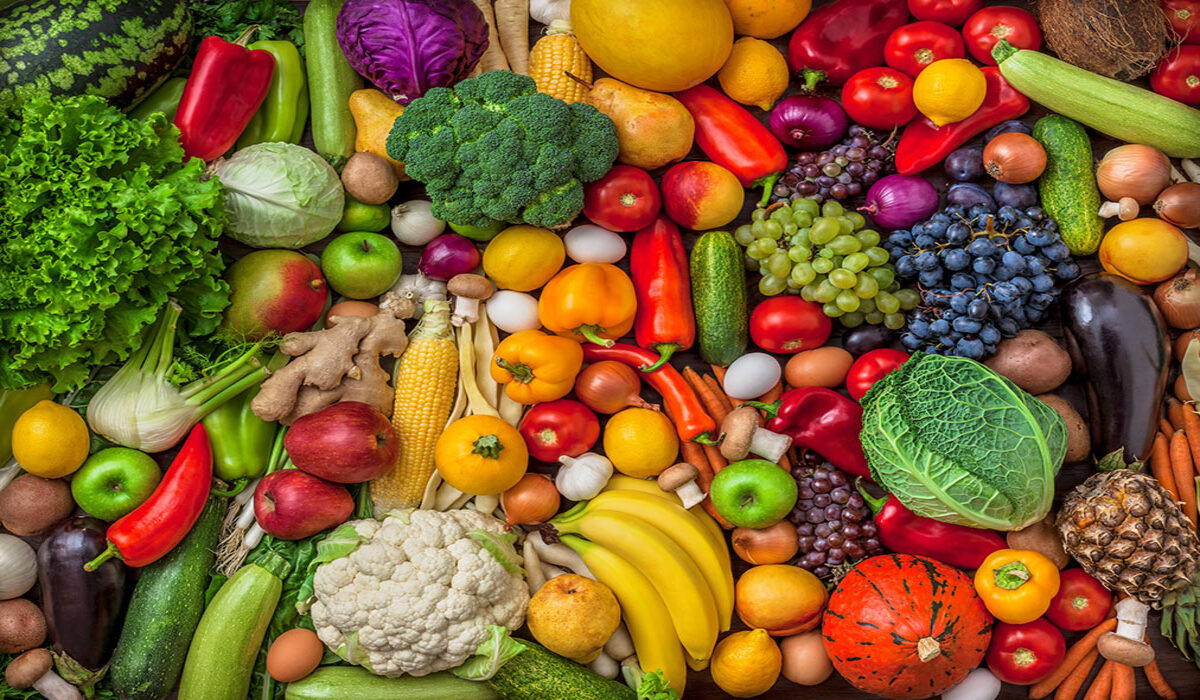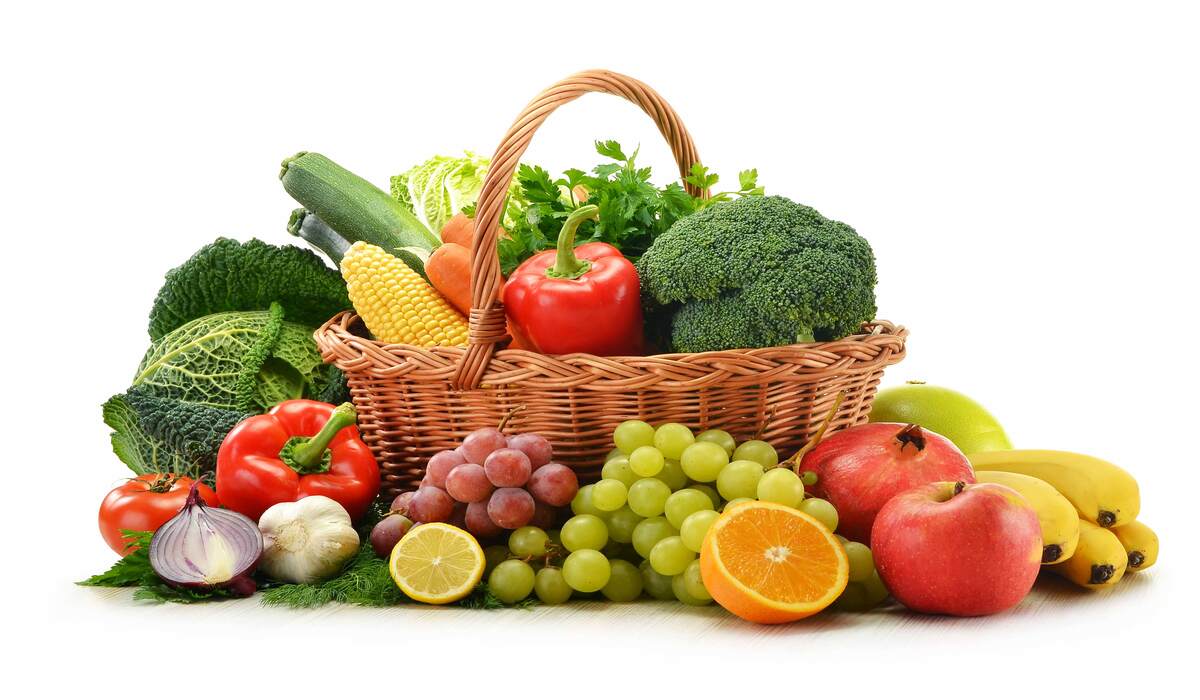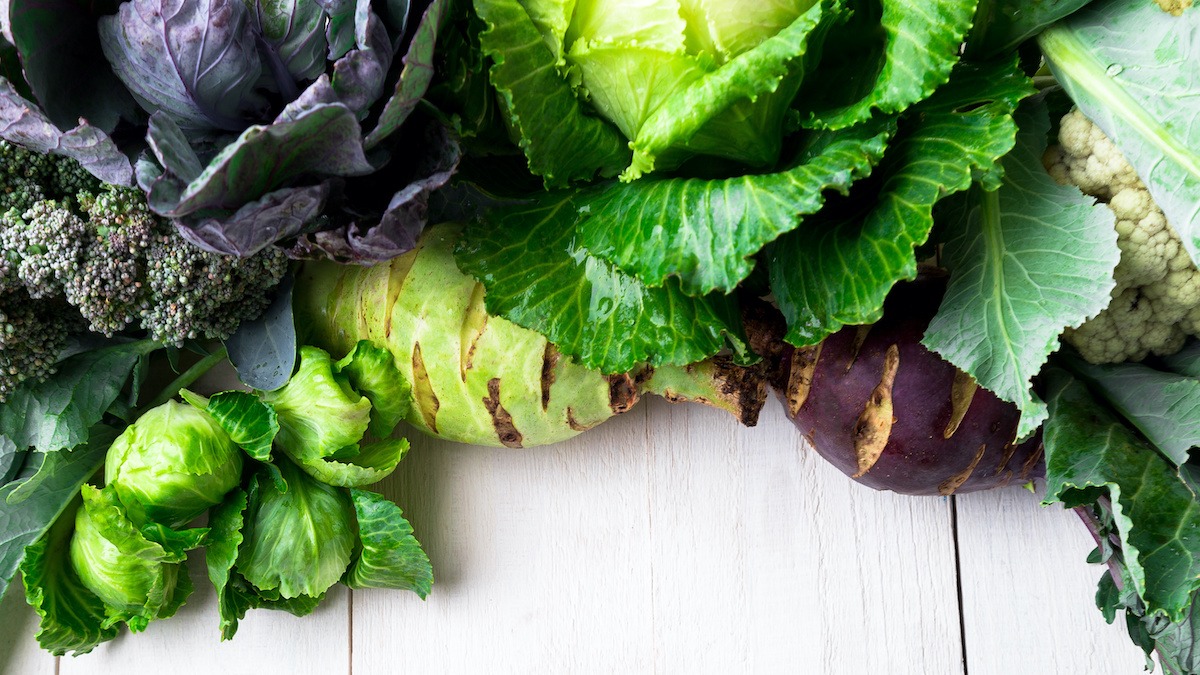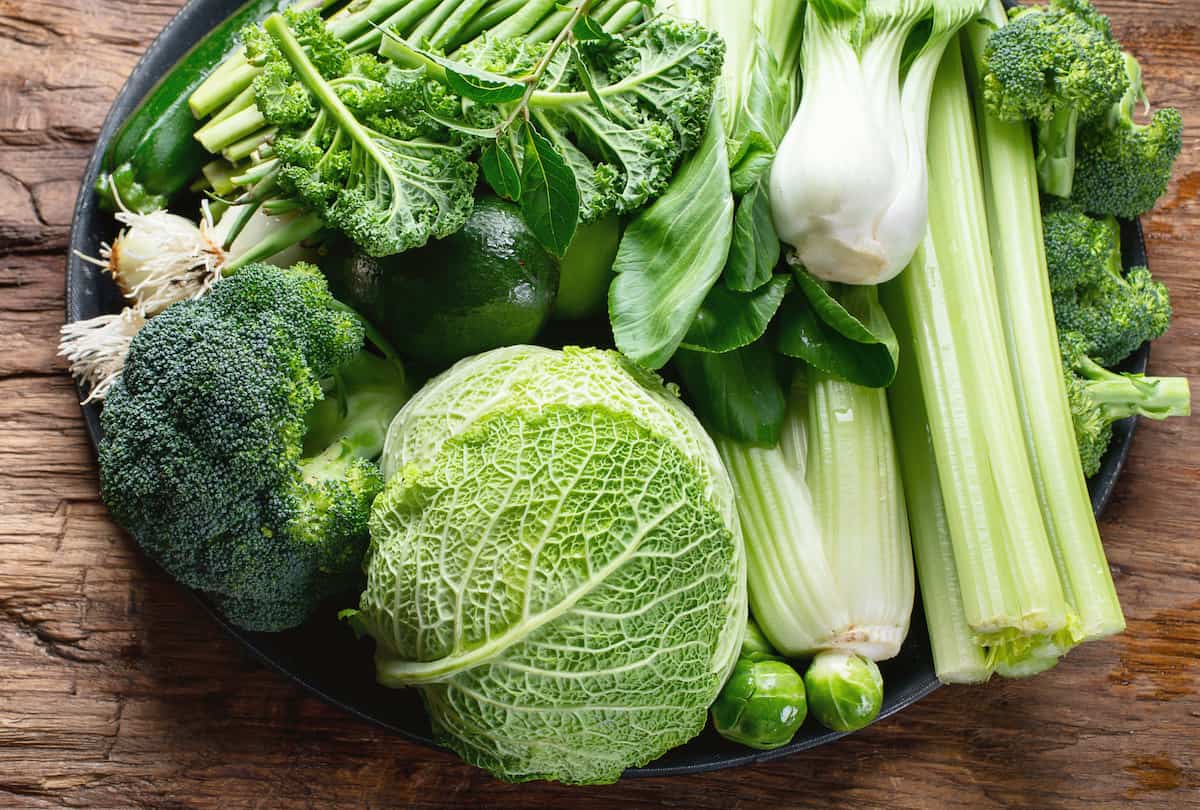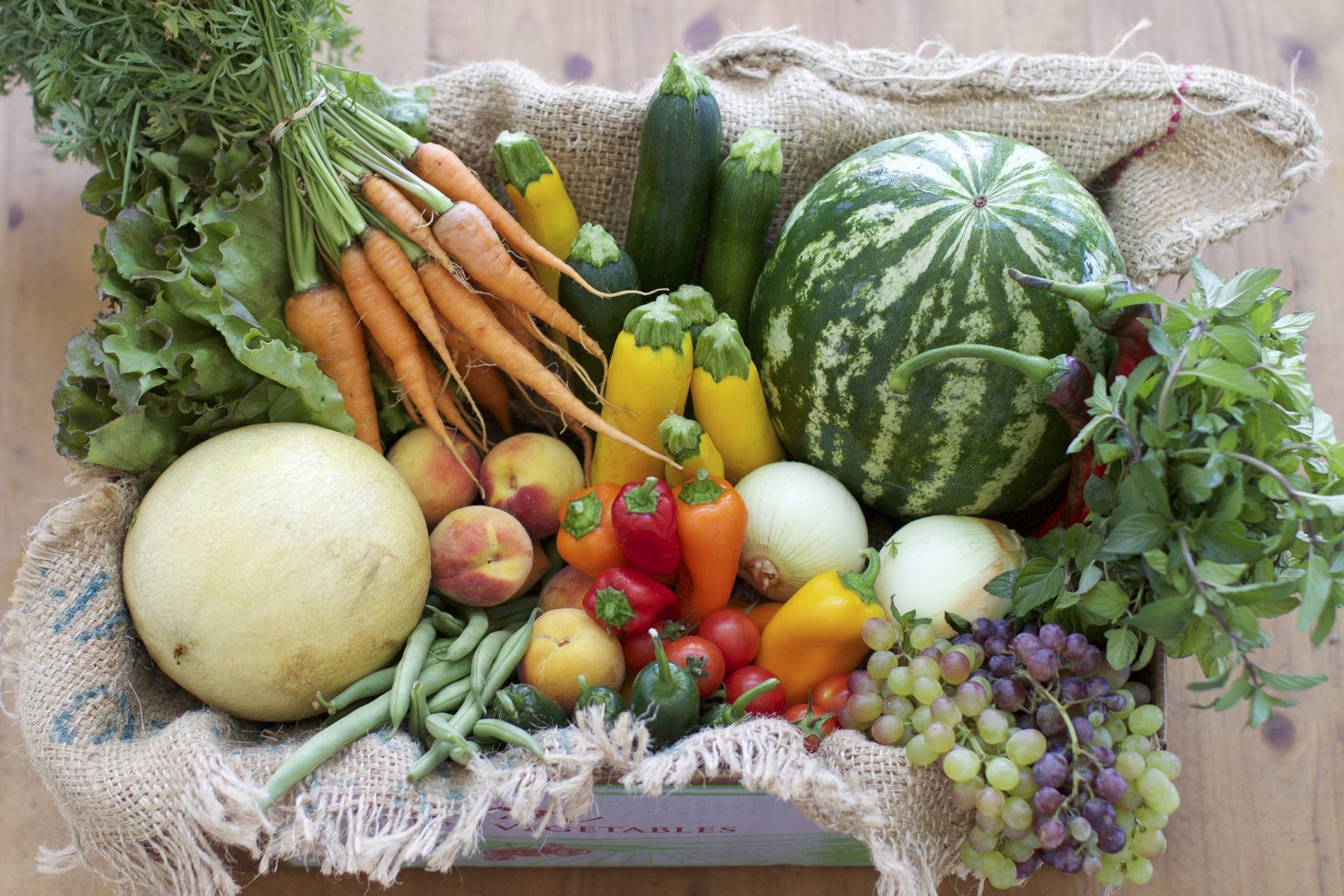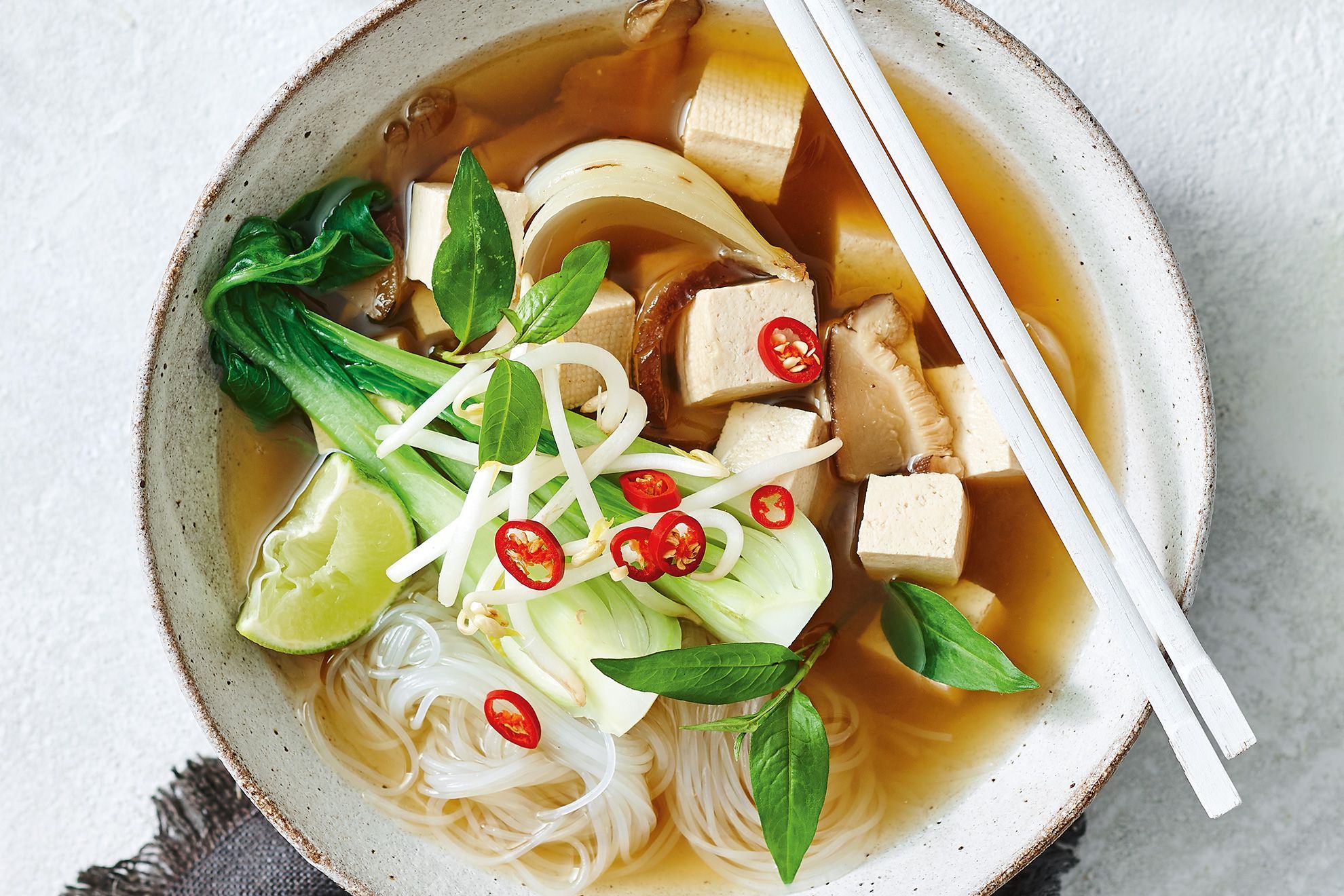Home>Gardening News and Trends>Latest News>What Vegetables Are High In Sodium
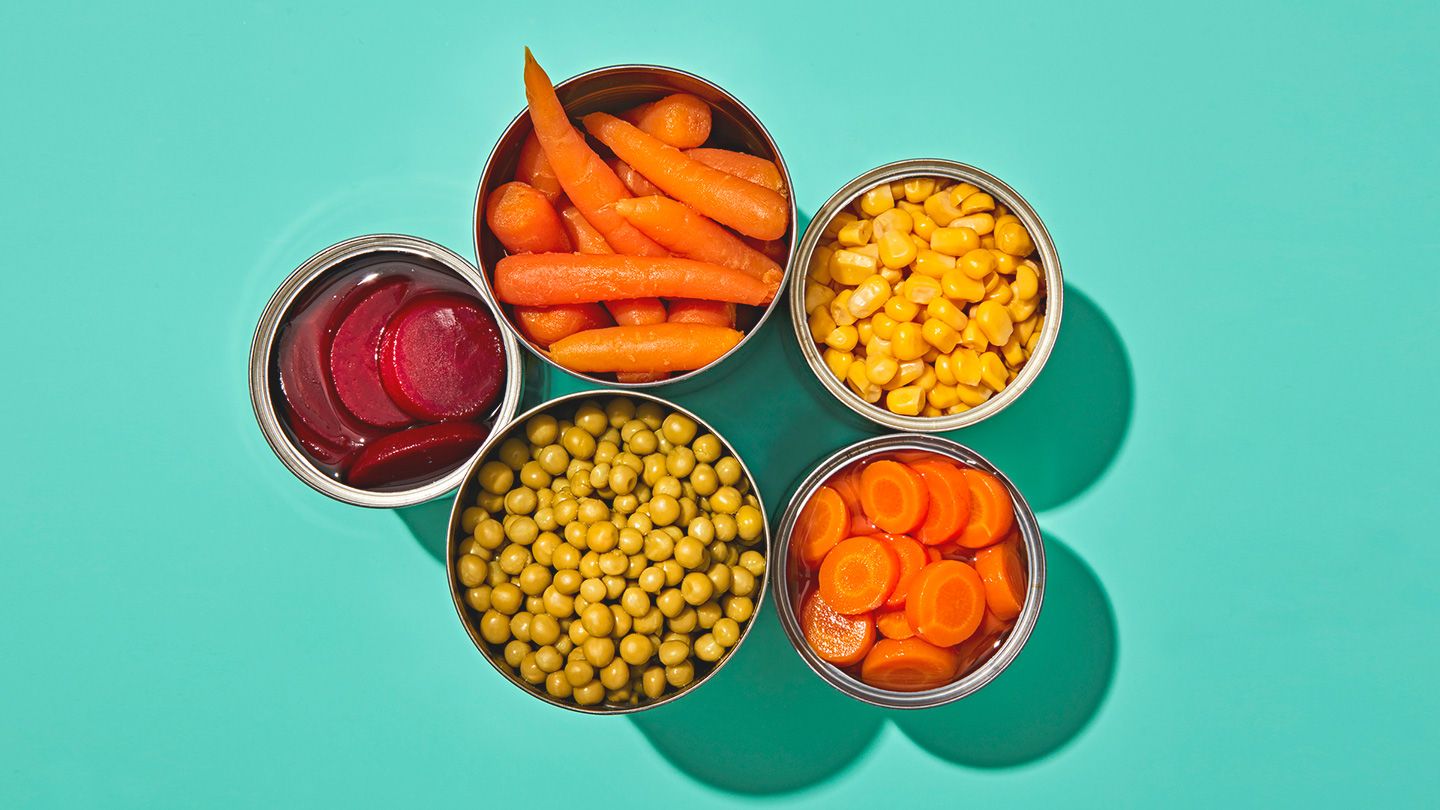

Latest News
What Vegetables Are High In Sodium
Modified: January 22, 2024
Discover the latest news about vegetables high in sodium. Learn which vegetables to avoid if you're watching your sodium intake.
(Many of the links in this article redirect to a specific reviewed product. Your purchase of these products through affiliate links helps to generate commission for Chicagolandgardening.com, at no extra cost. Learn more)
Table of Contents
Introduction
Welcome to our comprehensive guide on vegetables that are high in sodium. When it comes to maintaining a healthy diet, we often focus on consuming fruits and vegetables. However, it is essential to pay attention to the sodium content in the vegetables we eat.
Sodium is an essential mineral that plays a crucial role in maintaining fluid balance, nerve function, and muscle contraction in our bodies. However, consuming too much sodium can have detrimental effects on our health, such as high blood pressure and increased risk of heart disease.
While processed foods and table salt are commonly known sources of sodium, you might be surprised to learn that some vegetables also contain significant amounts of sodium. It’s important to be aware of these high-sodium vegetables to make informed choices about our daily diet and sodium intake.
The good news is that not all vegetables are high in sodium. There are plenty of low-sodium vegetables that we can include in our diet to support a healthy lifestyle. In this guide, we will explore both the high-sodium and low-sodium vegetable options available to us, so we can make educated decisions about our food choices.
Furthermore, we will provide practical tips on how to reduce sodium intake from vegetables and incorporate a variety of low-sodium alternatives into our daily meals. By following these guidelines, we can continue to enjoy the numerous health benefits of vegetables while keeping our sodium consumption in check.
So, let’s dive in and discover which vegetables are high in sodium and how we can make healthier choices to maintain a balanced diet!
Understanding Sodium in Vegetables
When it comes to understanding sodium in vegetables, it’s important to know that sodium occurs naturally in many foods, including vegetables. This mineral is found in the soil and is absorbed by plants as they grow. While fruits and vegetables are generally low in sodium compared to processed foods, some vegetables have higher sodium content than others.
The sodium content in vegetables can vary depending on factors such as the type of soil, farming methods, and cooking methods. It’s essential to consider these factors when choosing vegetables for your meals, especially if you are following a low-sodium diet or have dietary restrictions.
It’s worth noting that the majority of our sodium intake comes from processed foods, such as packaged snacks, canned soups, and fast food. However, it’s still important to be aware of the sodium content in vegetables to maintain a balanced diet and overall health.
Reading nutrition labels and understanding the sodium content in vegetables can help you make informed choices about the foods you consume. The sodium content is typically listed as milligrams (mg) per serving. Keep in mind that the serving size can vary between types of vegetables, so pay attention to the portion sizes when comparing sodium levels.
Another important factor to consider is how vegetables are prepared and cooked. Boiling vegetables in salted water, for example, can increase their sodium content. Opting for cooking methods such as steaming, baking, or grilling can help reduce the sodium content in your vegetables.
By understanding the sodium content in vegetables and how cooking methods can influence it, you can make conscious choices to manage your sodium intake while enjoying the nutritional benefits that vegetables provide.
High-Sodium Vegetables to Watch Out For
While vegetables are generally considered to be healthy and low in sodium compared to processed foods, there are a few high-sodium vegetables that you should be aware of. These vegetables may contribute more sodium to your diet than others, especially if consumed in large quantities or prepared in certain ways.
1. Celery: Although celery is a popular vegetable known for its crunchy texture and low calorie count, it surprisingly contains a significant amount of sodium. Consuming a large quantity of celery can contribute to your daily sodium intake, so it’s important to keep this in mind, especially if you are following a low-sodium diet.
2. Spinach: Spinach is a nutritious green leafy vegetable packed with vitamins and minerals. However, it also contains a moderate amount of sodium. It’s worth noting that the sodium content in spinach is generally higher in canned or processed forms, so opting for fresh or frozen spinach can help reduce sodium intake.
3. Beets: Beets are a vibrant and nutrient-rich vegetable that can add color and flavor to your meals. However, they also contain a fair amount of sodium. While the sodium content in beets may not be as high as in other vegetables, it’s still important to monitor your portion sizes, especially if you are on a low-sodium diet.
4. Canned Vegetables: Canned vegetables, such as canned corn, green beans, or peas, can be convenient and easy to use in recipes. However, they often contain added salt as a preservative. Choosing fresh or frozen vegetables instead of canned ones can help reduce your sodium intake and provide you with a healthier option.
It’s important to note that while these vegetables may have higher sodium content than others, they still offer important nutrients and health benefits. The key is to moderate your consumption and balance these choices with low-sodium vegetables to maintain a healthy diet.
By being mindful of the sodium content in these high-sodium vegetables and incorporating them in moderation, you can still enjoy their flavors and nutritional benefits while taking care of your sodium intake.
Low-Sodium Vegetables to Include in Your Diet
When it comes to choosing low-sodium vegetables, there are plenty of delicious and nutritious options available. Including these vegetables in your diet can help you maintain a balanced sodium intake while providing numerous health benefits. Here are some low-sodium vegetables to consider:
1. Broccoli: Broccoli is a versatile and nutrient-dense vegetable that offers a wide array of health benefits. It is low in sodium and packed with vitamins, minerals, and fiber, making it an excellent choice for a low-sodium diet.
2. Carrots: Carrots are not only vibrant and delicious but also low in sodium. They are rich in beta-carotene, a powerful antioxidant, and provide essential vitamins and minerals. Add them to your salads, stir-fries, or enjoy them as a crunchy snack.
3. Bell Peppers: Whether you prefer red, green, or yellow bell peppers, you can enjoy their vibrant colors and low sodium content. Bell peppers are a great source of vitamin C and add flavor and crunch to your meals.
4. Cucumbers: Cucumbers are refreshing, hydrating, and low in sodium. They are perfect for adding to salads, sandwiches, or as a crunchy snack. Cucumbers also contain beneficial antioxidants and contribute to your daily water intake.
5. Cauliflower: Cauliflower is a versatile vegetable that can be used as a low-sodium substitute for high-sodium ingredients like rice or processed flours. It is rich in fiber, vitamins, and minerals, making it a nutritious addition to your meals.
6. Leafy Greens: Vegetables like kale, Swiss chard, and lettuce are not only low in sodium but also packed with nutrients. They are excellent sources of vitamins A, C, and K, as well as fiber. Incorporate these leafy greens into your salads, smoothies, or sautés for a healthy boost.
7. Zucchini: Zucchini is a versatile and low-sodium vegetable that can be used in various recipes. It is rich in vitamins, minerals, and fiber, and can be enjoyed grilled, roasted, or used as a healthy alternative for noodles.
Remember, these are just a few examples of low-sodium vegetables. There are many more options to explore, such as asparagus, green beans, mushrooms, and tomatoes. The key is to incorporate a variety of low-sodium vegetables into your meals to ensure a balanced and nutritious diet.
By including these low-sodium vegetables in your daily meals, you can enjoy their flavors, textures, and nutritional benefits while maintaining a healthy sodium intake.
Tips for Reducing Sodium Intake from Vegetables
Reducing sodium intake from vegetables doesn’t mean you have to sacrifice flavor or variety in your diet. With these helpful tips, you can still enjoy vegetables while keeping your sodium levels in check:
1. Choose Fresh or Frozen Options: Opt for fresh or frozen vegetables instead of canned ones whenever possible. Fresh and frozen vegetables generally have lower sodium content compared to their canned counterparts, which often contain added salt as a preservative.
2. Rinse Canned Vegetables: If you do prefer the convenience of canned vegetables, rinsing them with water before use can help reduce the sodium content. This process helps remove excess sodium that may be present due to the canning process.
3. Cook with Herbs and Spices: Instead of relying heavily on salt for flavoring, experiment with herbs, spices, and other seasonings to enhance the taste of your vegetable dishes. Fresh herbs like basil, thyme, and rosemary, or spices like cumin, turmeric, and paprika, can add depth and flavor without adding sodium.
4. Be Mindful of Condiments and Sauces: Many condiments and sauces, such as soy sauce, ketchup, and salad dressings, can be high in sodium. When using these condiments, opt for low-sodium or reduced-sodium versions, or try making your own homemade versions to control the sodium content.
5. Limit Salt in Cooking: When preparing vegetables, limit the amount of added salt during the cooking process. Instead, embrace other seasoning options like lemon juice, vinegar, or garlic to enhance the flavor without relying on excessive salt.
6. Monitor Portion Sizes: While vegetables are generally low in sodium, it’s still important to be mindful of portion sizes, especially for high-sodium vegetables like celery or spinach. Incorporate a variety of low-sodium vegetables in your meals and avoid excessive amounts of high-sodium options.
7. Read Labels: When purchasing packaged or processed vegetable products, such as veggie burgers or frozen vegetable mixes, read the nutrition labels carefully. Look for products that have lower sodium content and are free from added salts or seasonings.
Remember, the goal is to maintain a balanced sodium intake while enjoying the nutritional benefits of vegetables. By following these tips and making mindful choices, you can reduce your sodium intake from vegetables without compromising on taste or variety in your diet.
Conclusion
Understanding the sodium content in vegetables is crucial for maintaining a healthy diet and managing your sodium intake. While vegetables are generally low in sodium compared to processed foods, it’s important to be aware of the sodium content in certain vegetables and take steps to reduce sodium intake.
In this comprehensive guide, we have explored high-sodium vegetables to watch out for, such as celery and canned vegetables, as well as low-sodium vegetables to include in your diet, such as broccoli and bell peppers. By incorporating a variety of low-sodium vegetables into your meals, you can enjoy their nutritional benefits while keeping your sodium consumption in check.
Additionally, we have provided practical tips for reducing sodium intake from vegetables, such as choosing fresh or frozen options, rinsing canned vegetables, and cooking with herbs and spices. These tips can help you enhance the flavor of your meals without relying on excessive salt.
By being mindful of sodium content, reading food labels, and making conscious choices, you can maintain a balanced sodium intake and support your overall health and well-being. Remember to consult with a healthcare professional or nutritionist if you have specific dietary needs or health concerns.
Incorporating a wide variety of low-sodium vegetables into your diet can not only help you achieve your nutritional goals but also provide you with a colorful and flavorful eating experience. So, let’s embrace the abundance of low-sodium vegetables and enjoy their countless benefits for a healthy and vibrant lifestyle.
